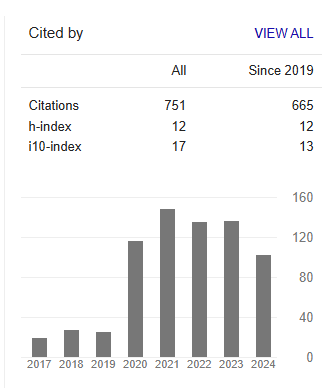Exploring Chest Trauma: A Comprehensive Analysis of Injury Characteristics, Clinical Outcomes, and Management Strategies in a Tertiary Care Setting
Abstract
Seyoum Kassa, Yohana Aregawi, Abraham Genetu and Dereje Gullilat
Background: Chest trauma is a major cause of morbidity and mortality worldwide. Understanding the demographics, injury characteristics, clinical and investigative findings, procedural and operative findings, and outcomes of patients with chest trauma is crucial for improving patient care and reducing mortality rates.
Methods: This retrospective study included 103 trauma patients with chest trauma who were admitted to a tertiary care hospital in Ethiopia between 2018 and 2022. Data on demographics, injury characteristics, clinical and investigative findings, procedural and operative findings, and outcomes were collected and analyzed.
Results: Blunt trauma (53.4%) and stab injuries (42.7%) were the most common mechanisms of injury. Low blood pressure and low oxygen saturation levels were observed in a significant proportion of patients. Rib fractures and Hemothorax were the most common findings on chest x-rays. Tube thoracostomy was performed in 95 patients, with Hemopneumothorax being the most common finding. Exploratory laparotomy was required in a small number of patients, with penetrating trauma being the only factor associated with an increased rate of exploratory laparotomy. The mortality rate was low (3.1%), and the majority of patients were discharged to home improved.
Conclusion: This study provides important insights into the demographics, injury characteristics, clinical and investigative findings, procedural and operative findings, and outcomes of patients with chest trauma. The findings emphasize the importance of prompt and effective interventions, accurate diagnosis, and a multidisciplinary approach to care. Further research is needed to fully understand the patterns of injury, management strategies, and long-term outcomes of patients with chest trauma.



